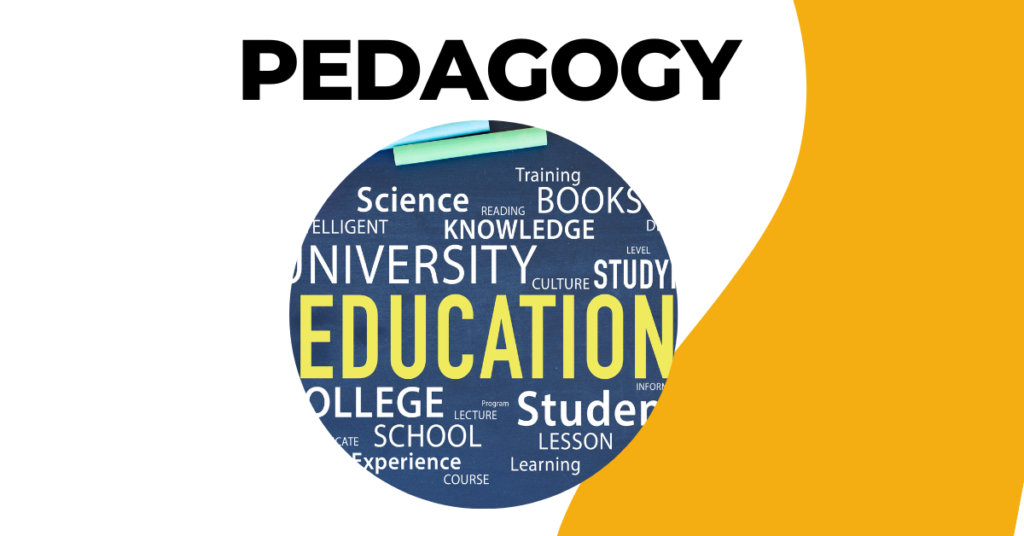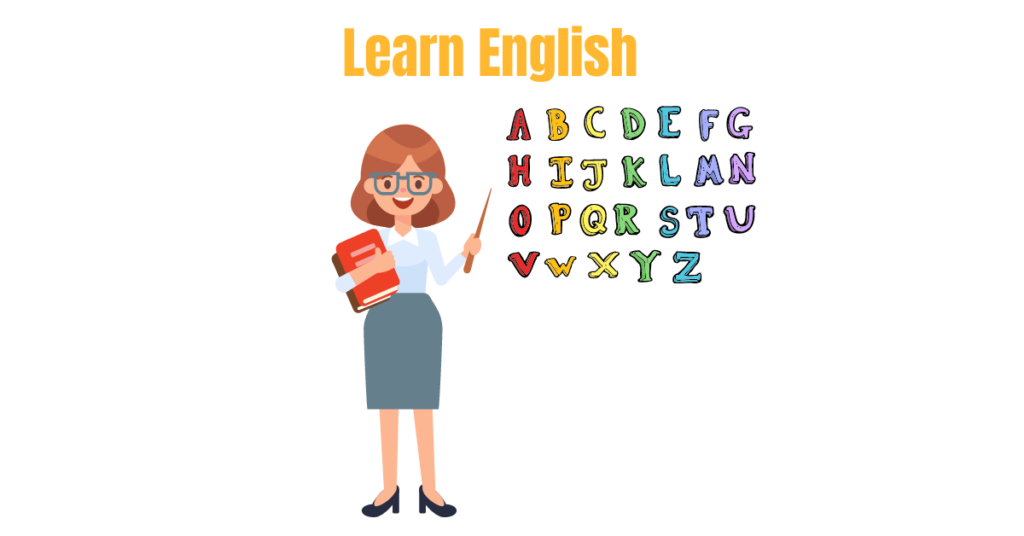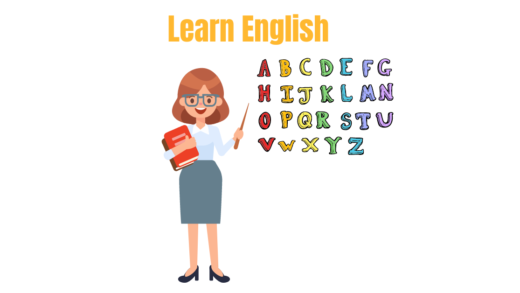Formative and Summative Assessments
Assessing students does not necessarily mean educators want to know who the brightest student in the class is, which can be a misconception when talking about what assessment is. Assessments are given to determine students’ learning gaps and how teachers can modify their instructional design to fill them. Let’s differentiate formative and summative assessments and whether they serve students and teachers.
Assessment can be done in several ways, allowing the teacher and the student to check whether the learning goals are being met. The term “formative assessment” describes methods through which mistakes, difficulties, and learning gaps can be detected and evaluated. In a nutshell, formative assessment is conducted continuously during a course to raise student performance on learning objectives by employing methods that cater to their individual needs
On the other hand, summative assessments are conducted at the end of a pedagogical unit, course, or program to gauge how much students have learned and their proficiency level. In most cases, a summative evaluation will involve a formal grade and a substantial weighting of the results (though they do not need to be). Instructors can benefit greatly from combining summative and formative evaluation in several ways.
Even though quizzes aren’t scored in IB schools, every student’s academic progress is tracked and recorded in anecdotal form. In addition to measuring students’ knowledge, assessments should monitor whether they acquire crucial skills aligned with the learning objectives.
Why assessment is important?
Through assessments teachers can design scaffolded instructions for students who are struggling in class. One of my favorite aspects of assessing students is witnessing their growth as a learner throughout a unit/course/lesson. I can deduce whether the learner has made any improvement. With this in mind, I can give my students useful feedback as we go on to the next unit.





Recent comments